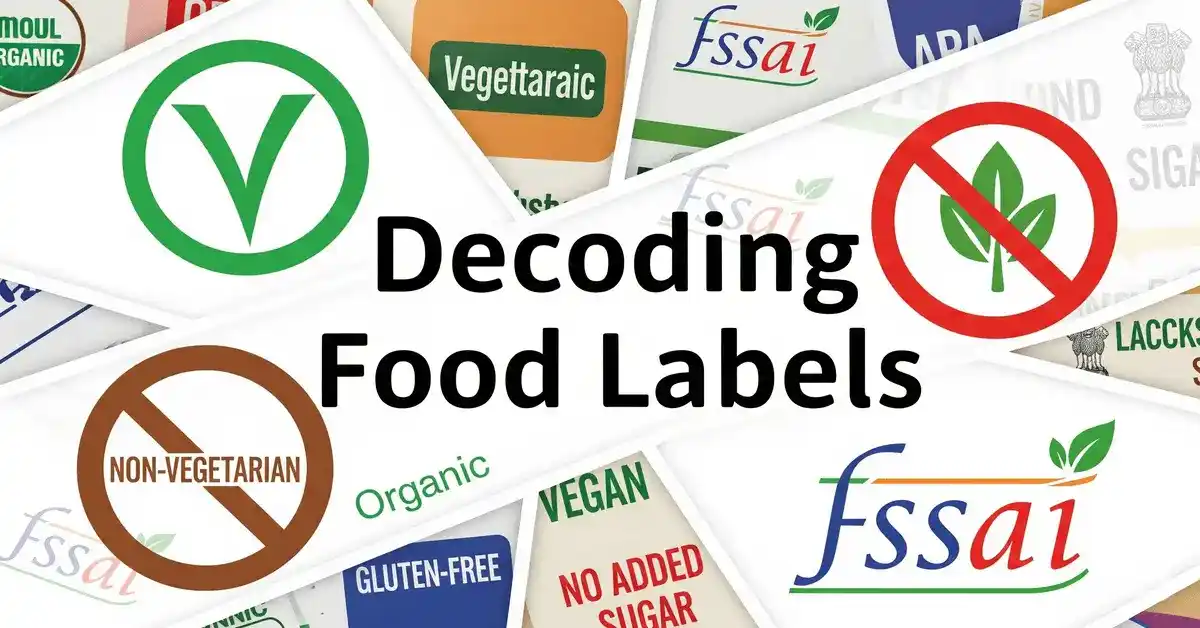Best Cookware: A Simple Guide to Choosing Healthy Cookware
Choosing the best cooking pans for your kitchen is about more than just looks. The materials in your pot or pan affect your food and your health. This guide breaks down the science behind different cookware materials. We help you choose the safest and healthiest options for your family. We look at everything from stainless steel and cast iron to non-stick and earthenware.
Stainless steel: the safe all-rounder
Stainless steel is a great choice for safe cooking. It’s a stable metal that won’t interfere with your food.
Why it’s good: It doesn’t react with acidic foods like tomatoes. This keeps your food tasting pure. It’s also very tough and lasts a long time.
Things to watch out for: It doesn’t distribute heat evenly on its own. For better cooking, you should buy pans with an aluminum or copper core on the bottom.
Cast Iron: A Durable Classic
People have used cast iron for generations. It’s a heavy-duty cookware that gets better with age.
Why it’s great: It holds heat incredibly well, which is perfect for searing meats. With proper care, it develops a natural, chemical-free non-stick surface. It also adds a bit of healthy iron to your meals.
Things to watch out for: It’s very heavy. Acidic foods can damage its non-stick coating. You should keep it seasoned to prevent it from rusting.
Glass: The Pure and Simple Choice
Glass is one of the most non-toxic materials you can use. It’s perfect for baking.
Why it’s great: It’s completely non-reactive and will never release chemicals. You can easily watch your food as it cooks.
Things to watch out for: It can break if the temperature changes too quickly. For example, never place a hot glass dish on a wet, cold counter. Most glassware is for the oven, not the stovetop.
Clay and Earthenware: Natural Flavor Enhancers
Cooking in earthenware is a traditional method that offers many benefits.
Why it’s good: Porous clay slowly conducts heat. This makes food tender and very flavorful. Clay is also a natural, non-toxic material.
Things to watch out for: They’re fragile and can break easily. You should soak unused pots in water before using them.
Ceramic Cookware: A Non-Stick Alternative
Most ceramic pans are metal pans with a non-stick coating made from a silicone-based gel.
Why it’s good: The coating is free of the chemicals typically found in traditional non-stick pans. It allows you to cook with very little oil.
Things to watch out for: The non-stick coating isn’t very durable. It can chip and deteriorate over time. You should avoid using high heat with these pans.
Aluminum: Use with caution
Aluminum is very popular because it is lightweight and heats up quickly. However, you need to choose the right type.
Why it’s bad (plain aluminum): Plain aluminum can leach into your food, especially with acidic ingredients. This has raised some health concerns.
Why it’s good (anodized aluminum): Anodized aluminum is much safer. It has a special protective layer that prevents any metal from leaching into your food. Always choose anodized.
Non-stick (PTFE/Teflon): Convenient but dangerous
These pans offer amazing convenience, but you should use them with care.
Why it’s good: Food slides right off. This makes cooking and cleaning incredibly easy.
Things to watch out for: Never overheat this pan. The high temperatures can break down the coating and release harmful fumes. If the surface becomes scratched, you should replace the pan.
Copper: The Professional’s Choice
Chefs love copper because it gives them precise temperature control.
Why it’s great: It heats up and cools down almost instantly.
Things to remember: Copper is toxic if it gets into your food. For this reason, safe copper cookware must have a lining of another metal, such as stainless steel. They’re also very expensive and require a lot of polishing.








